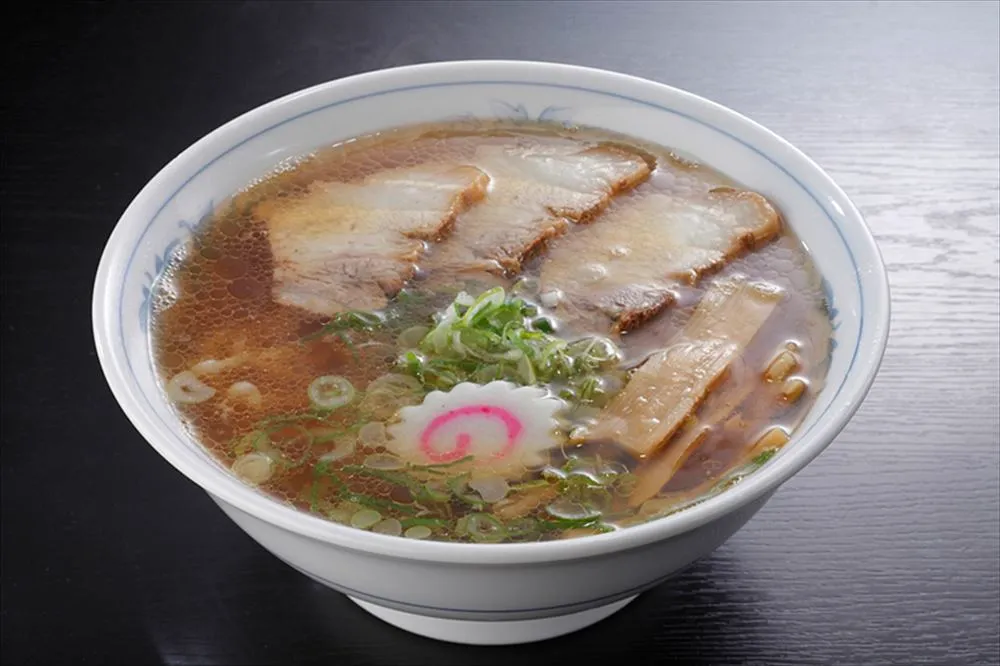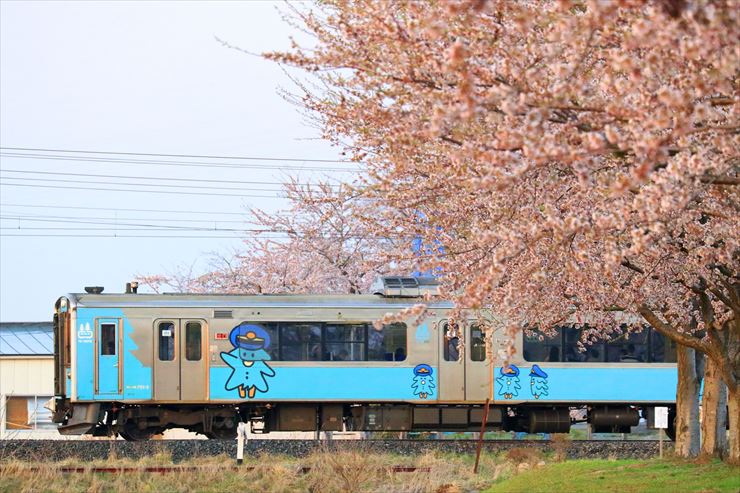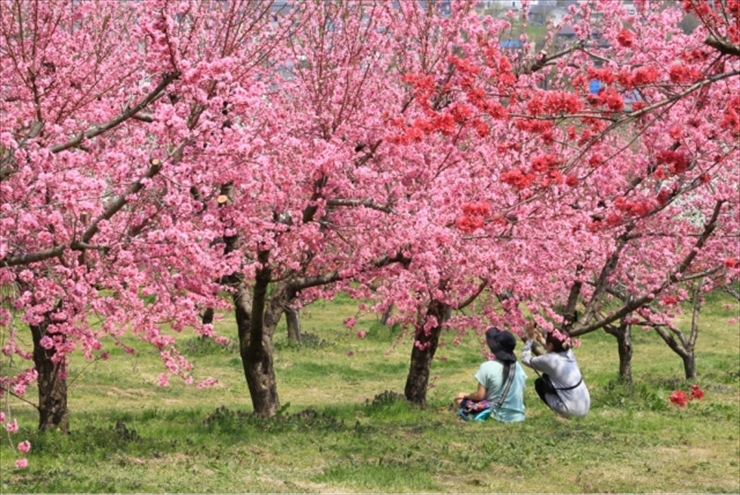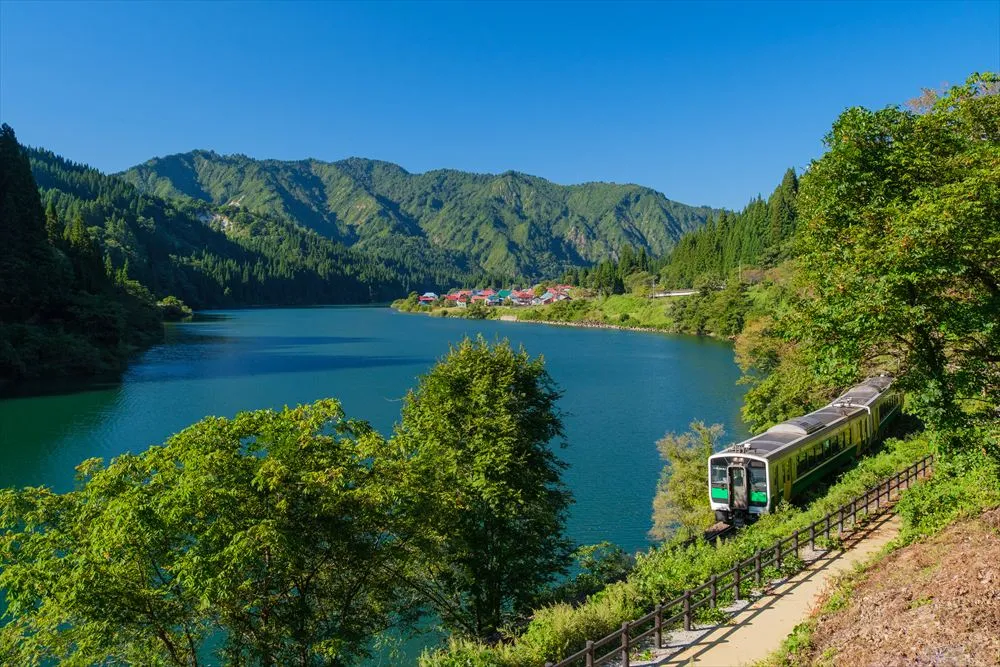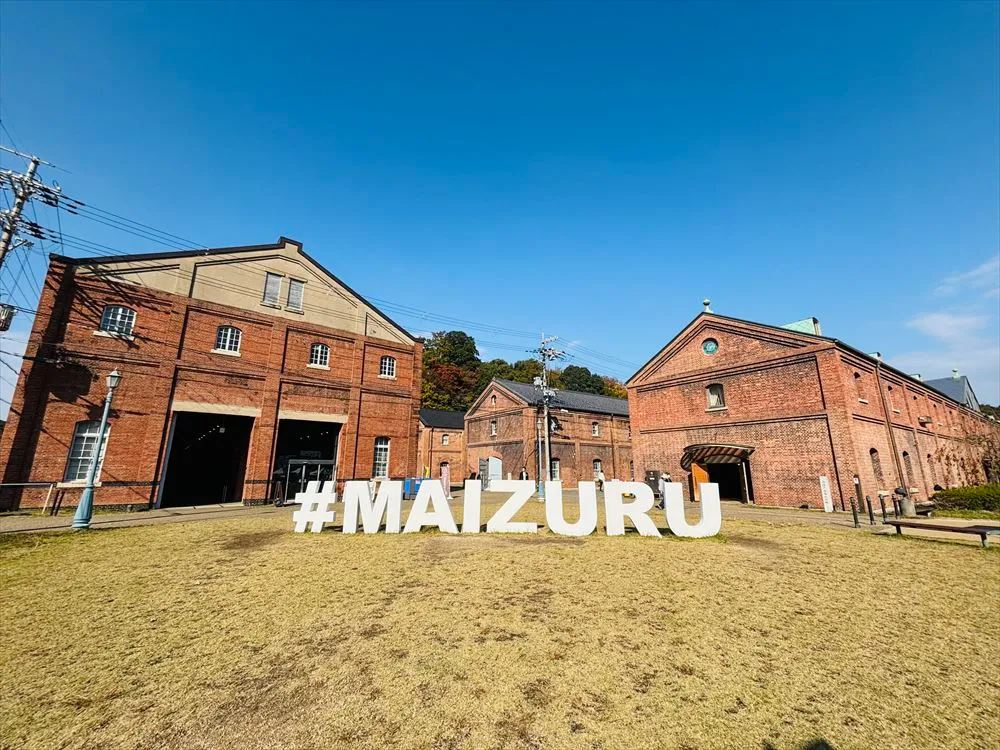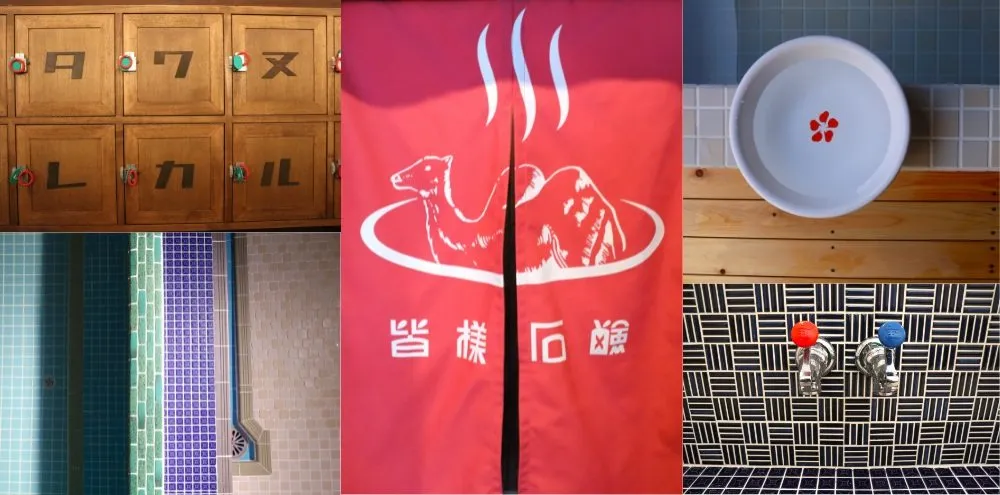About a one-hour ride on the Tohoku Shinkansen bullet train from Tokyo takes you to Fukushima Prefecture in the southern Tohoku region. Fukushima is divided into three areas: Hama-dori (Coastal area), Naka-dori (Central area), and the Aizu area (Western area). We, att.JAPAN, this time feature the Aizu area, which is blessed with abundant natural beauty, history, delicious food and hot springs.
AIZU / FUKUSHIMA PREF.
Aizuwakamatsu / Minami Aizu
SAMURAI CITY – Aizuwakamatsu
Aizuwakamatsu, the center of the Aizu area, is located in the west of Fukushima Prefecture and in the southeast part of Aizu Basin, surrounded by mountains. As the home territory of the Matsudaira clan, which had close connections with the Tokugawa Shogunate, warriors were walking around the town until only 200 years ago. Old buildings that were built in the Edo period (1603-1868) remain in the streets from Aizuwakamatsu Station to Tsuruga-jo Castle, a symbol of the city. If you are lucky, you will see male town guides who wear traditional samurai clothing.

Tsuruga-jo Castle is now refurbished (until March 2011), so you can get a close look at shachihoko, dolphin-like decorations that are usually placed on the roof of a castle. A two-carat diamond is fixed in each of their eyes. At Rinkaku, a tearoom in the precincts, you can relax and enjoy drinking green powdered tea. Oyakuen is a Japanese stroll-type garden with a pond, using the natural scenery around it very effectively. You can walk around the garden. It is a typical and gorgeous garden of its type made by the lord, and is also a medicinal herb garden. At Ochaya-Goten in the garden, you can see beautiful scenery of Higashiyama while enjoying green powdered tea.


Aizu Buke Yashiki (Samurai Residential Quarter) is a historical theme park including the residence of a chief retainer of Aizu Domain. You can see around a brewery storehouse at Aizu Sake Brewing Museum, which is run by the Miyaizumi Brewery. The highest institution of learning of Aizu Domain is reproduced as Aizu Hanko Nisshin-Kan. You can experience seated meditation, Japanese archery and other activities there such as making a hand painting of akabeko (red cow), which is a traditional good-luck charm of Aizu, and a decorated candle, which is a famous local product.


It takes about 10 minutes by car from the center of the city to Higashiyama Onsen. This is a venerable hot spring resort with a 1,300 year history.

AIZU RAILWAY – Minami Aizu
Aizu Railway is a peaceful local line from Aizuwakamatsu to Aizukogen Ozeguchi. There is a lot of beautiful scenery and numerous hot springs along the line. “Oza-Toro-Tembo Train” with a tatami-floored carriage, tram carriage, and observation carriage is very popular in this season. It runs on special days.
One of the stations of Aizu Rairway, “Yunokami Onsen Station” building, has a thatched roof and it is today Japan’s only one such type of station building. “Ouchijuku” is a small village. It was an old post town during the Edo period and still exudes an atmosphere of those bygone days. There are restaurants and minshuku (guest houses). Why not try local specialtiessuch as negisoba, or buckwheat noodles which you eat with a Japanese leek (negi) instead of chopsticks, and tochimochi (rice cake)?


At “To no Hetsuri,” when you pass a suspension bridge, you will see spreading before you an other-worldly landscape of rocks that have been eroded or weathered by a river, rain and wind. Ashinomaki Onsen is located 25 minutes by car from the center of Aizuwakamatsu and also close to “Ouchijuku.” It boasts an abundance of spring water, and the valley views are splendid. Walking along trails around the spa is enjoyable. If you have time, going to Aizu Kogen Plateau and Oze, where nature is still pristine, and trekking is recommended.

FOOD BASKET – Aizu
Aizu is called a “Treasure House of Food.” Kozuyu (a boiled and seasoned soup, local specialty) and sauce katsu-don (a bowl of rice with fried pork cutlet on top) are well known. There are a various kinds of soba and sweets. If you go to the northern area, Kitakata, which is famous for storehouses, you can taste Kitakata ramen noodles. The whole Aizu area is dotted with sake breweries and thus on your trip you can sample and enjoy various kinds of delicious sake.

Aizu Gurutto Card
To tour around Aizu, Aizu Gurutto Card is very convenient. You can freely ride on trains on JR Lines around Aizu and on Aizu Railway, and on buses of Aizu Bus, Haikarasan and Bandai Toto Bus, for two days, as well as enjoying discount service at sightseeing facilities, accommodations and restaurants. (2,600 yen per adult) You can buy the card at stations around Aizu, and also buy coupon tickets at convenience stores, JR East Ticket Offices (Midori-no-madoguchi), Travel Service Centers (View Plaza) and major travel agencies in Japan. You can exchange coupon tickets to Aizu Gurutto Card at stations around Aizu.
You may also like this:
Fukushima Prefecture
Plenty of Appeal – Fukushima Prefecture
Onahama in Hama-dori (Coastal area) offers fresh seafood at a fish market.
“Aquamarine Fukushima” reproduces the seascape of “Shiome no Umi,” an area of the Pacific Ocean off the coast of Fukushima Prefecture where the Kuroshio (Black Current) and the Oyashio (Kurile Current) meet, and is one of most attractive aquariums in Japan.
.webp)

You can enjoy Polynesian dance shows that take place everyday, five hot spring theme parks, and a large bath whose bathtub is the largest in the world at “Spa Resort Hawaiians.”

The temperature gap is large in Naka-dori (Central area), and this area is one of the most famous areas producing fruits in Japan, such as peaches, cherries, grapes and pears. You can experience fruit picking at some places.
Various festivals are held in many areas in autumn: Aizu Matsuri (Aizu Festival), in which 500 people who are dressed in samurai warrior costumes are featured, is from September 22-24, Nihonmatsu Chochin Matsuri (Nihonmatsu Lantern Festival), one of the three major lantern festivals in Japan, is from October 4-6, and Taimatsu Akashi (Torch Festival) at Sukagawa on November 13 is one of the three major fire festivals of Japan.
